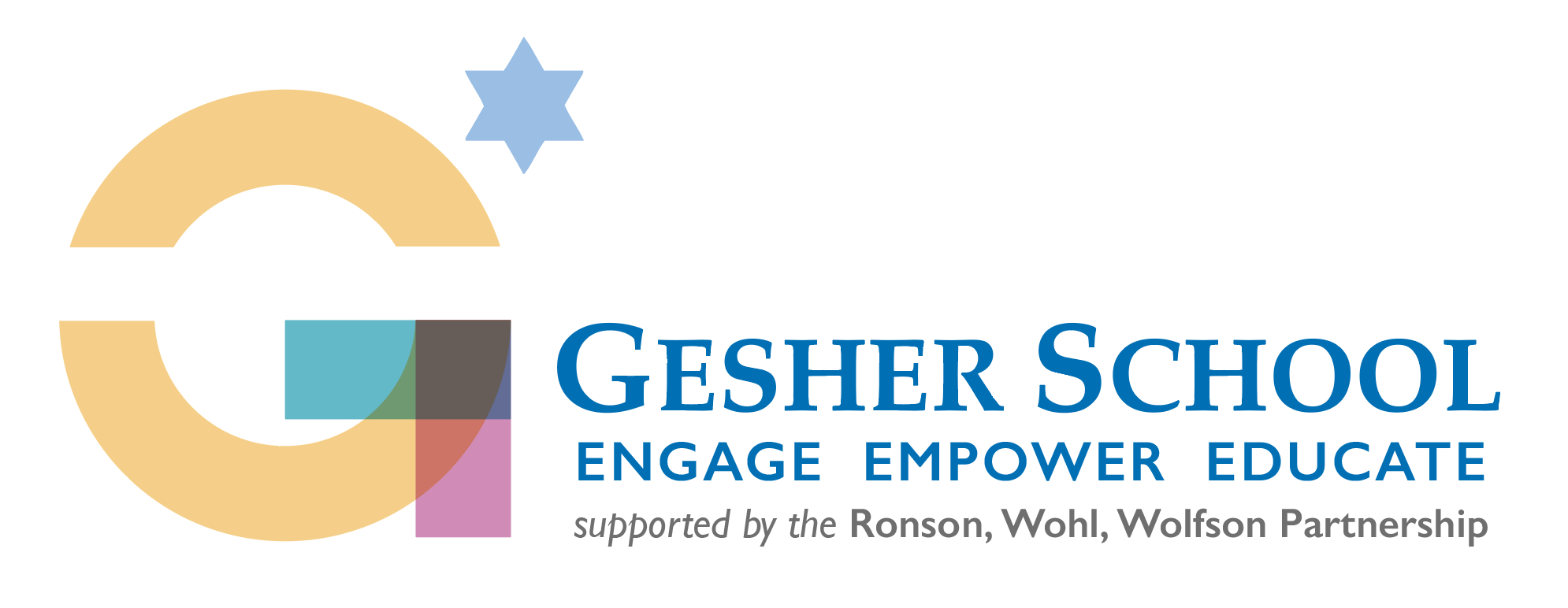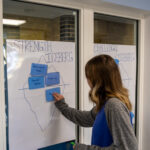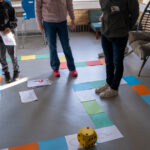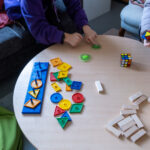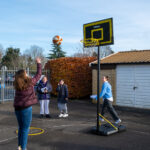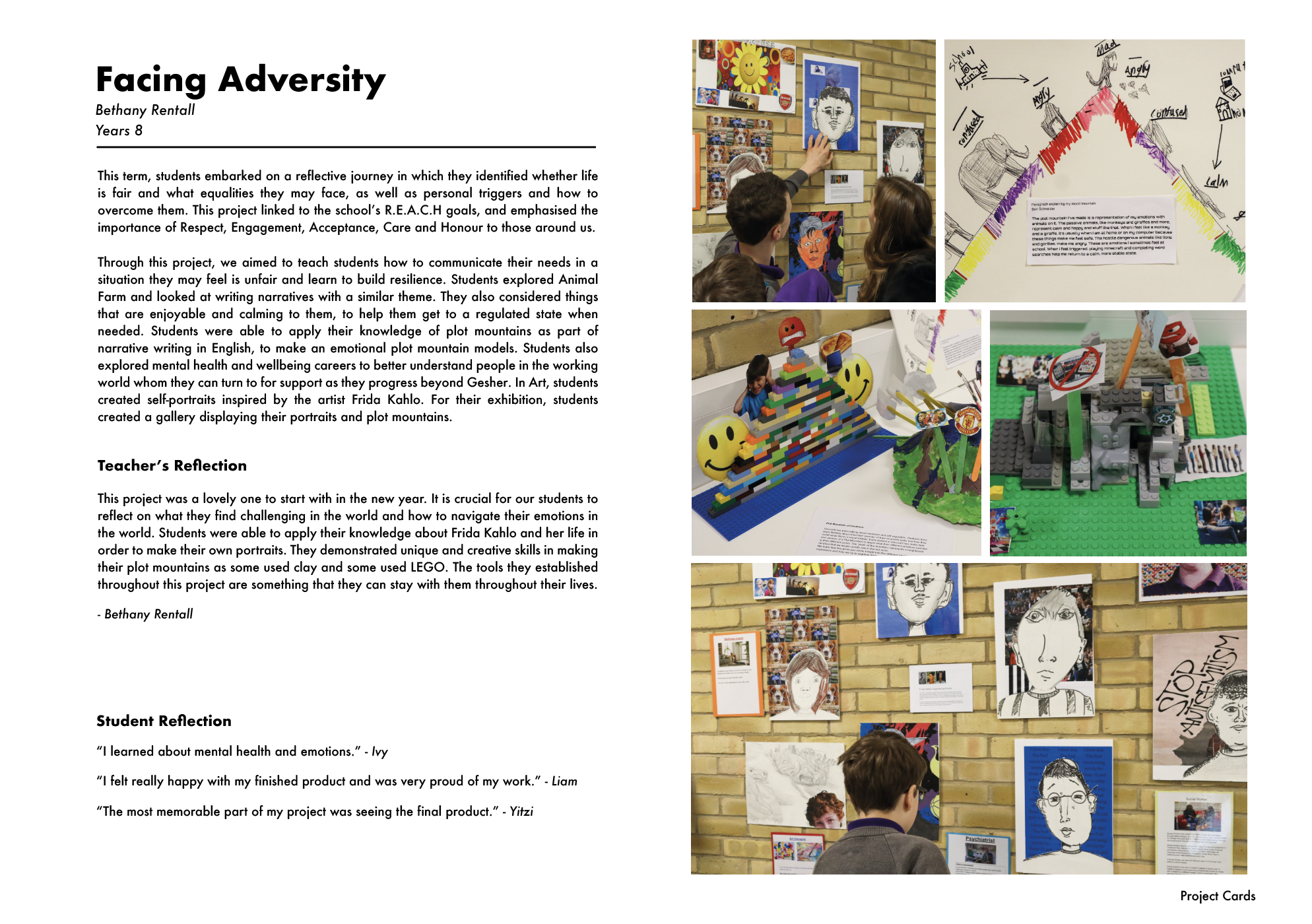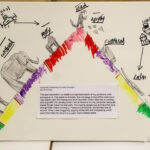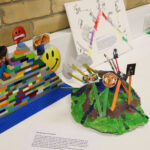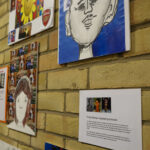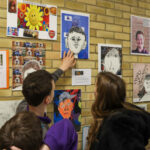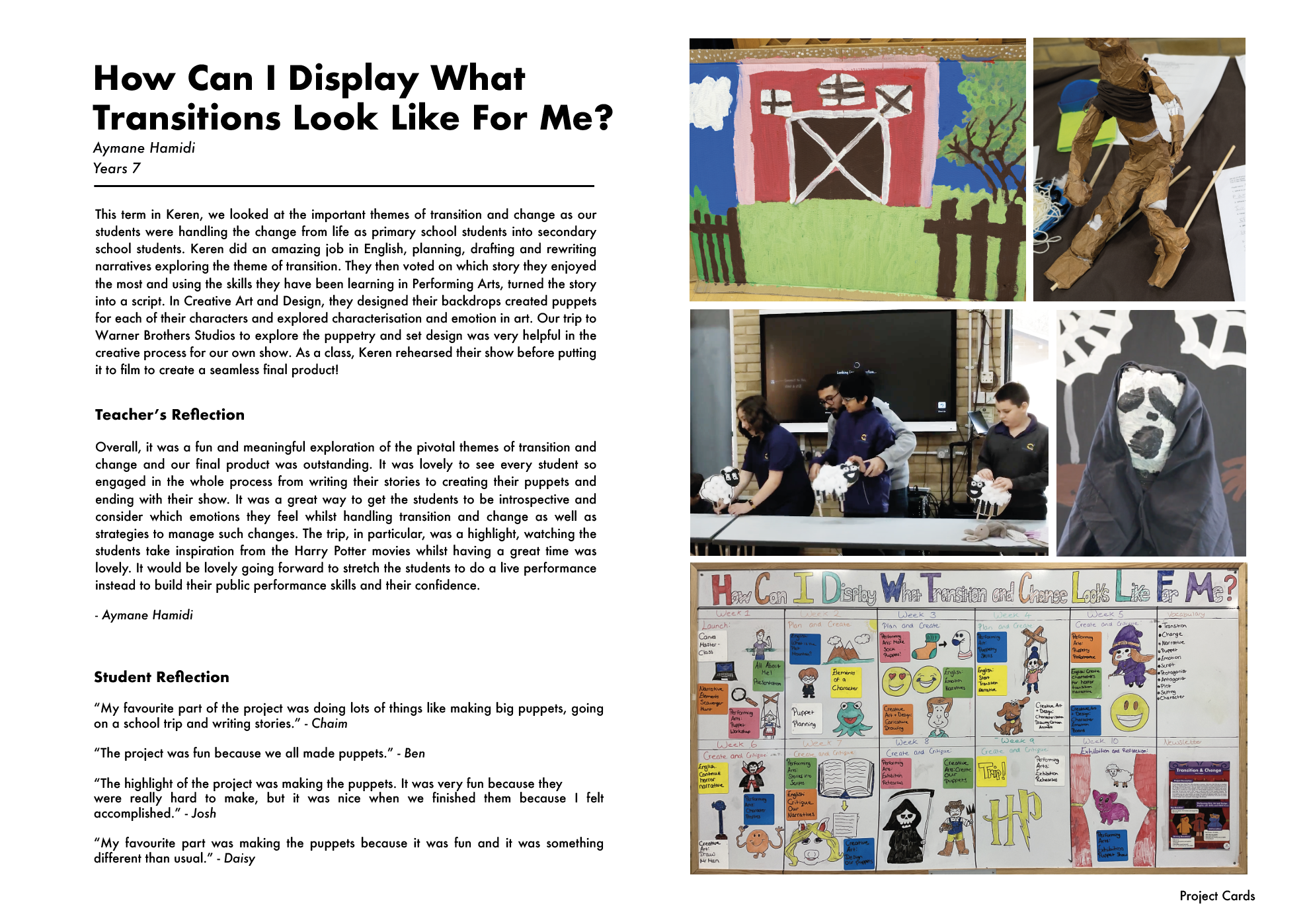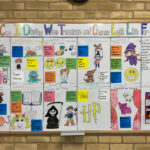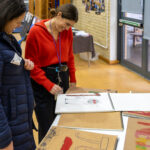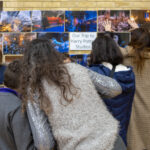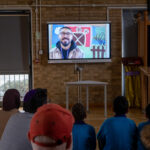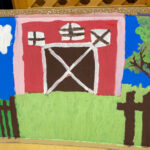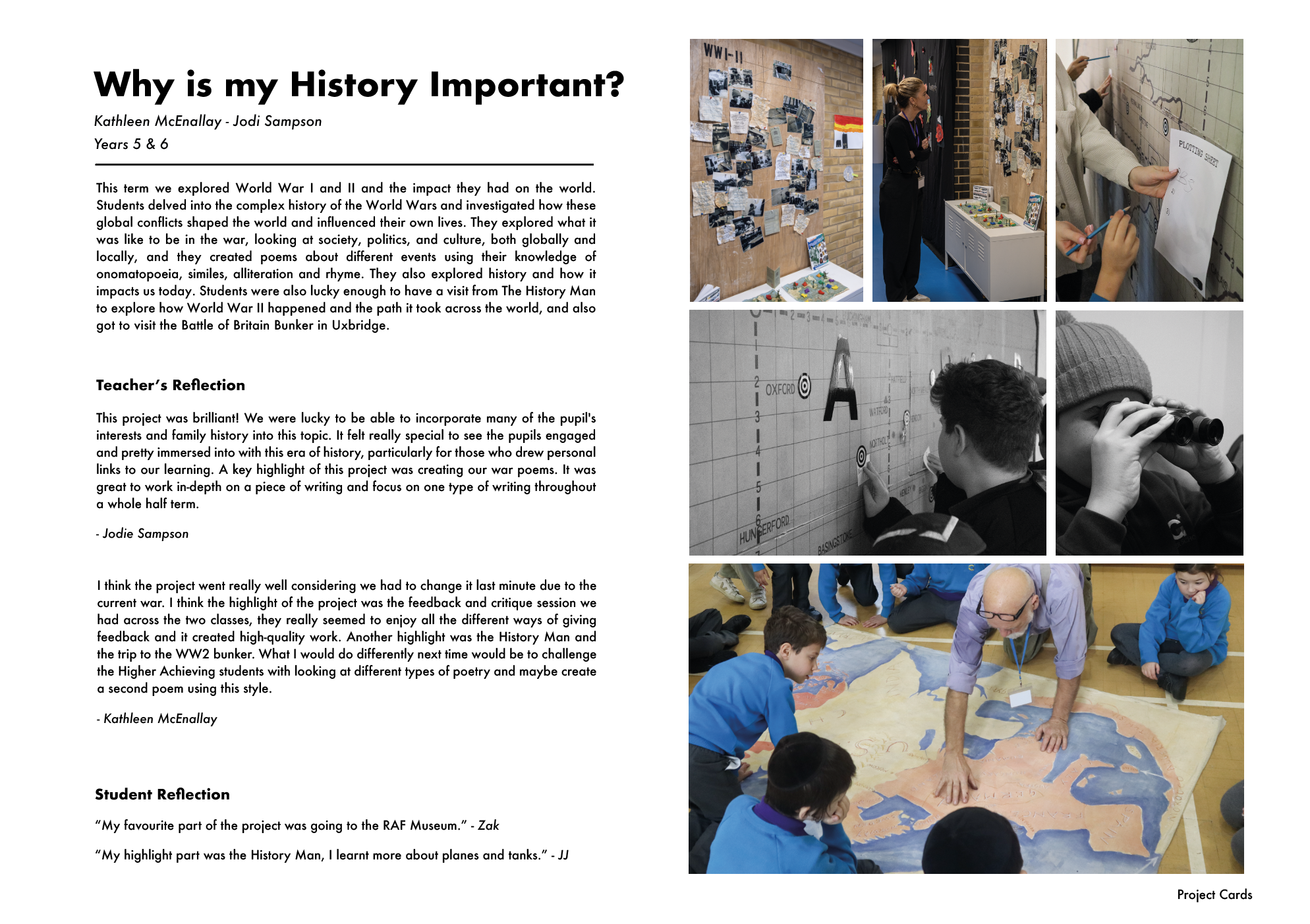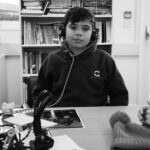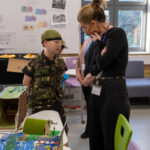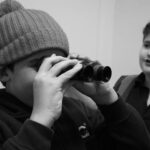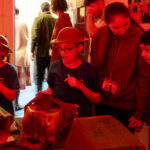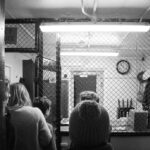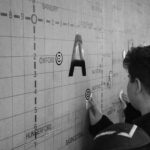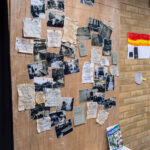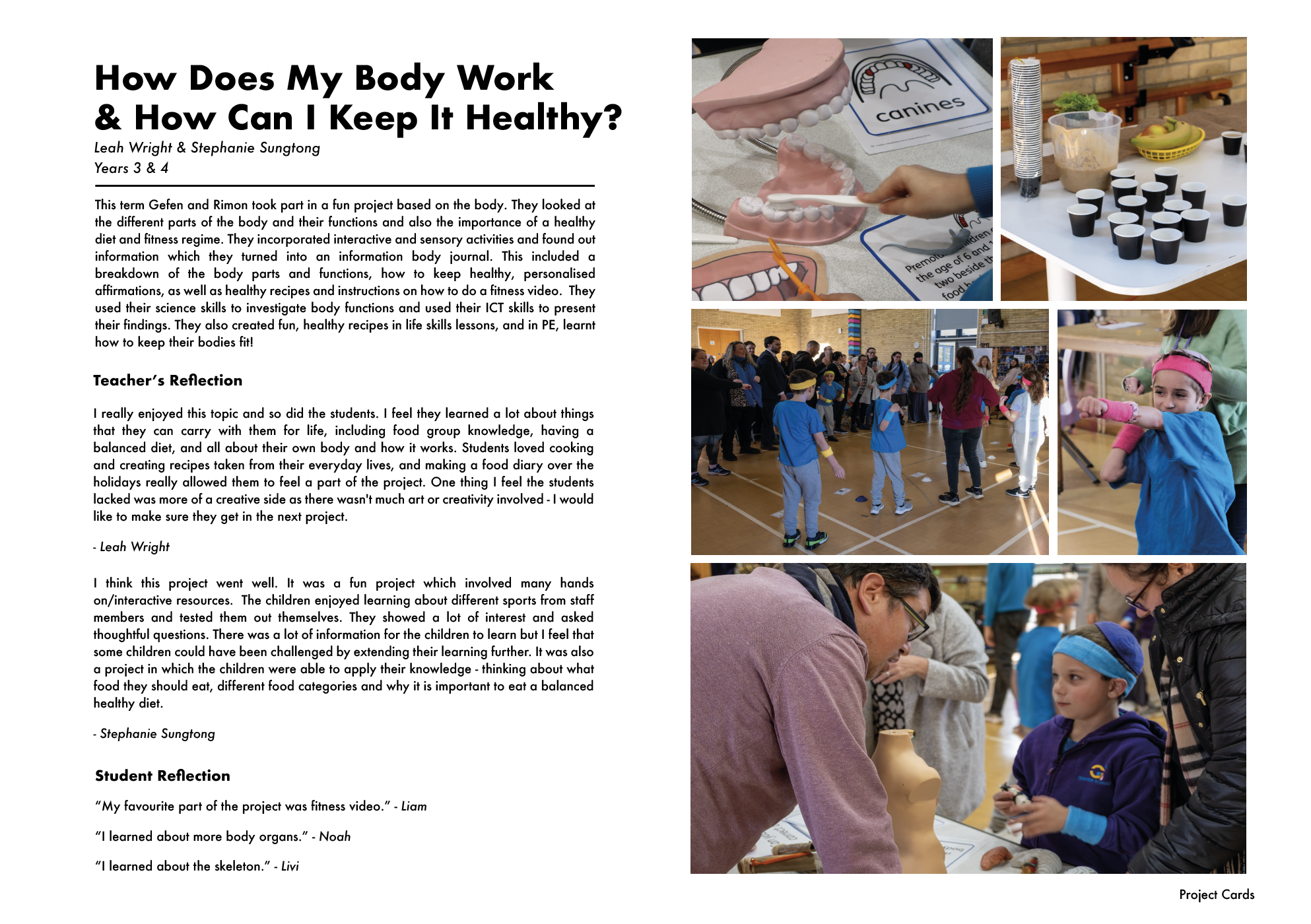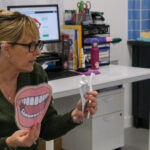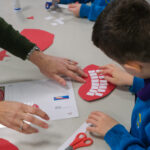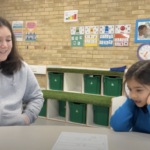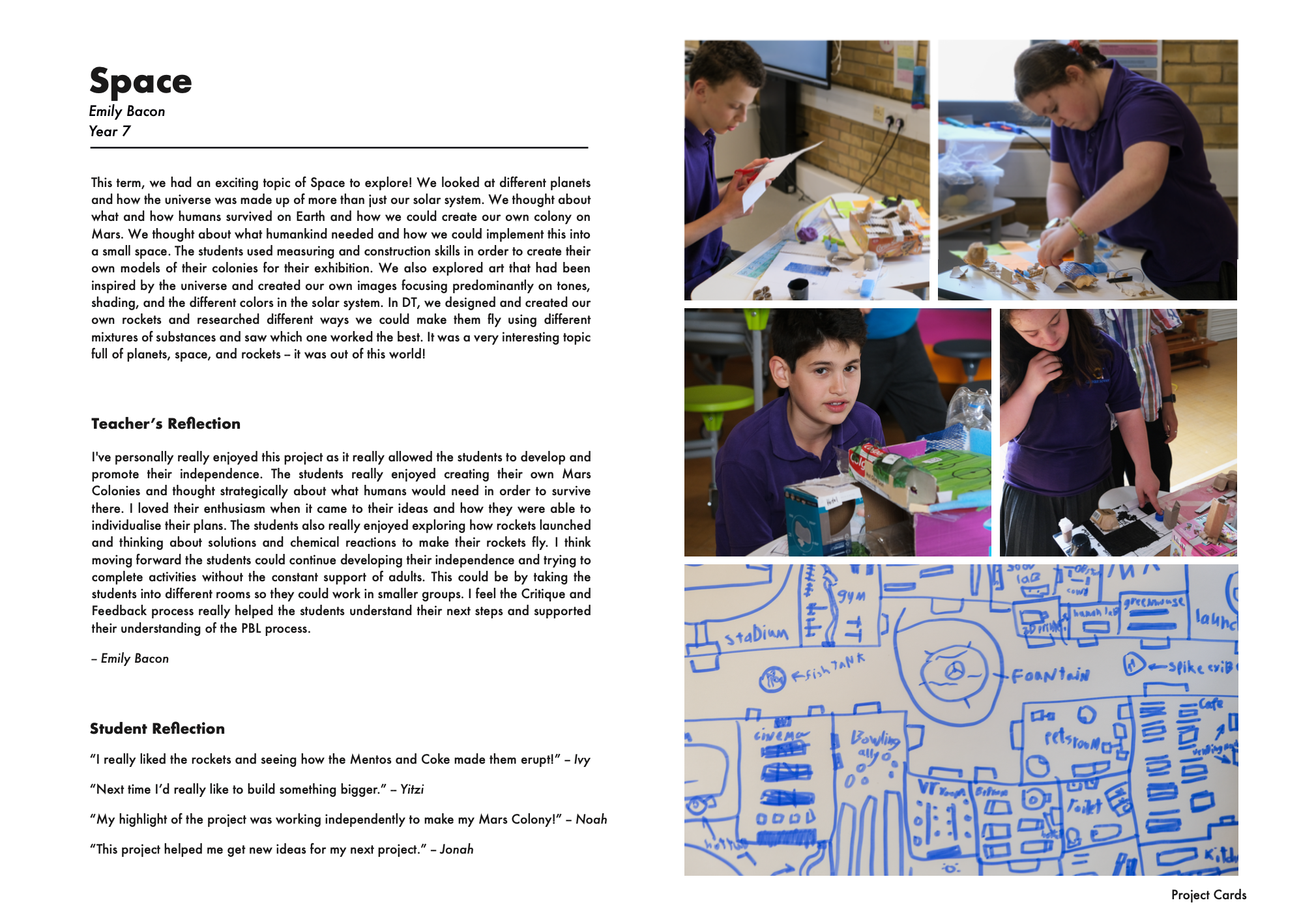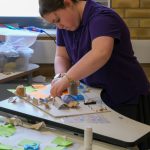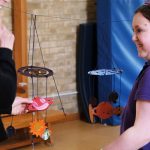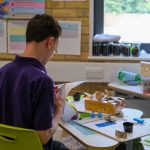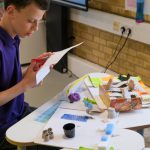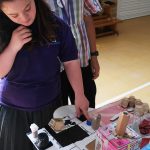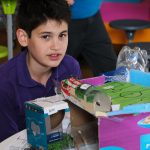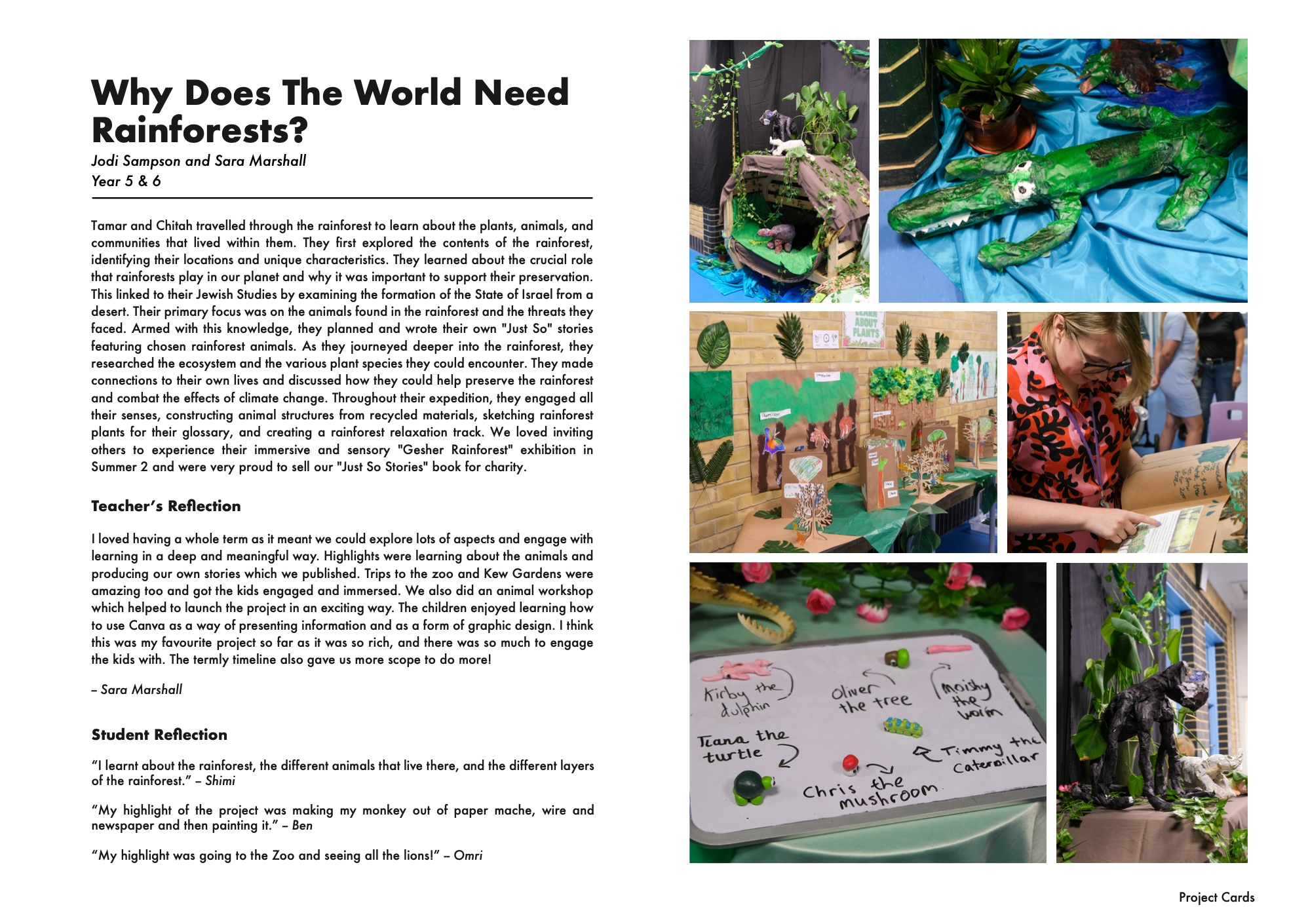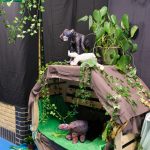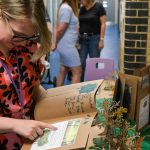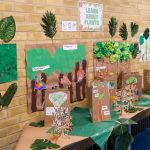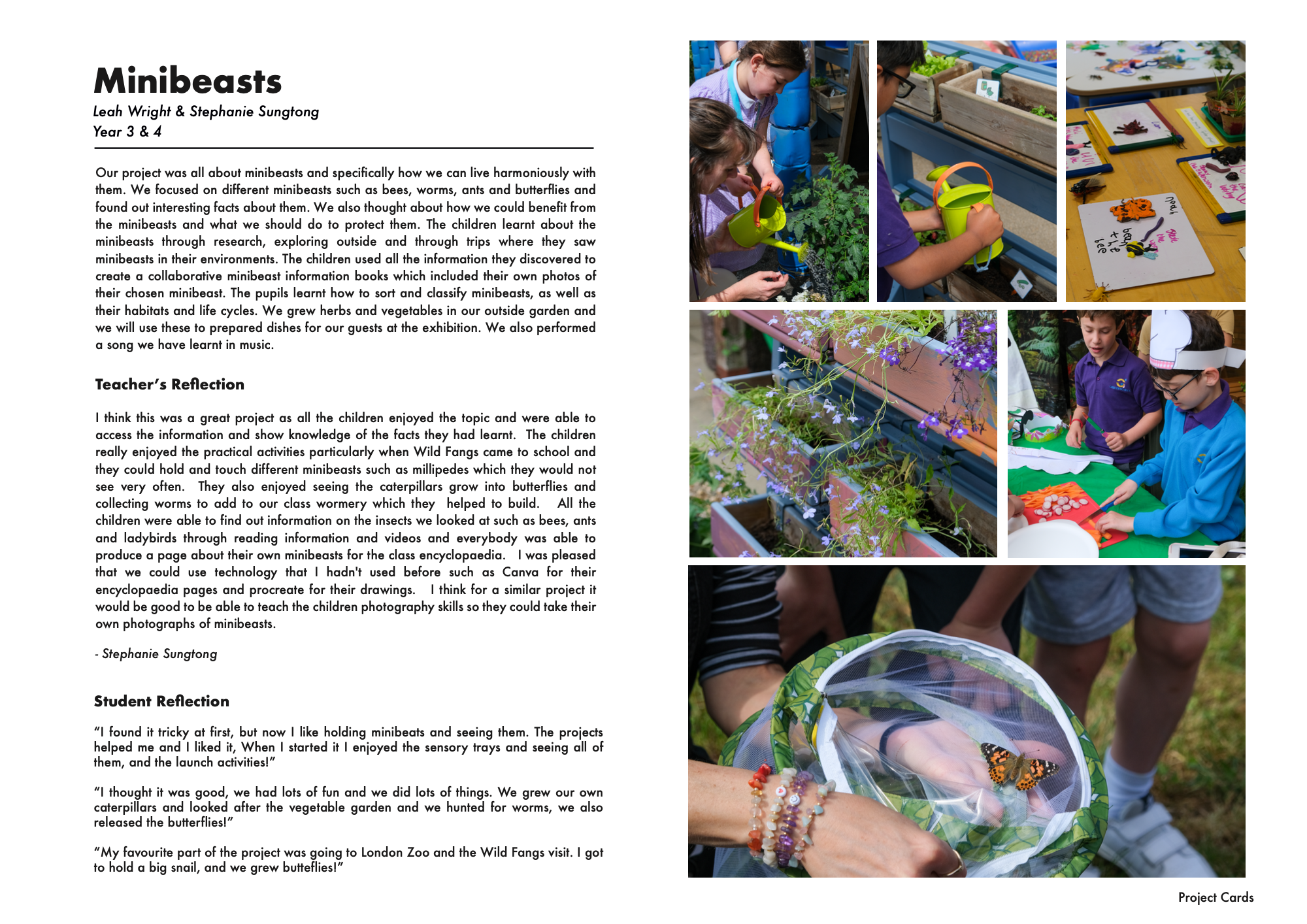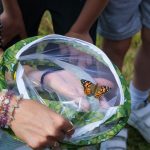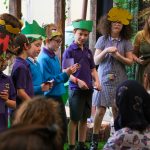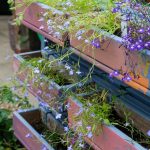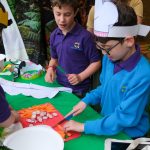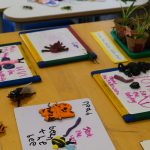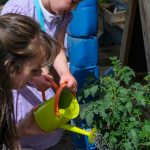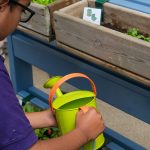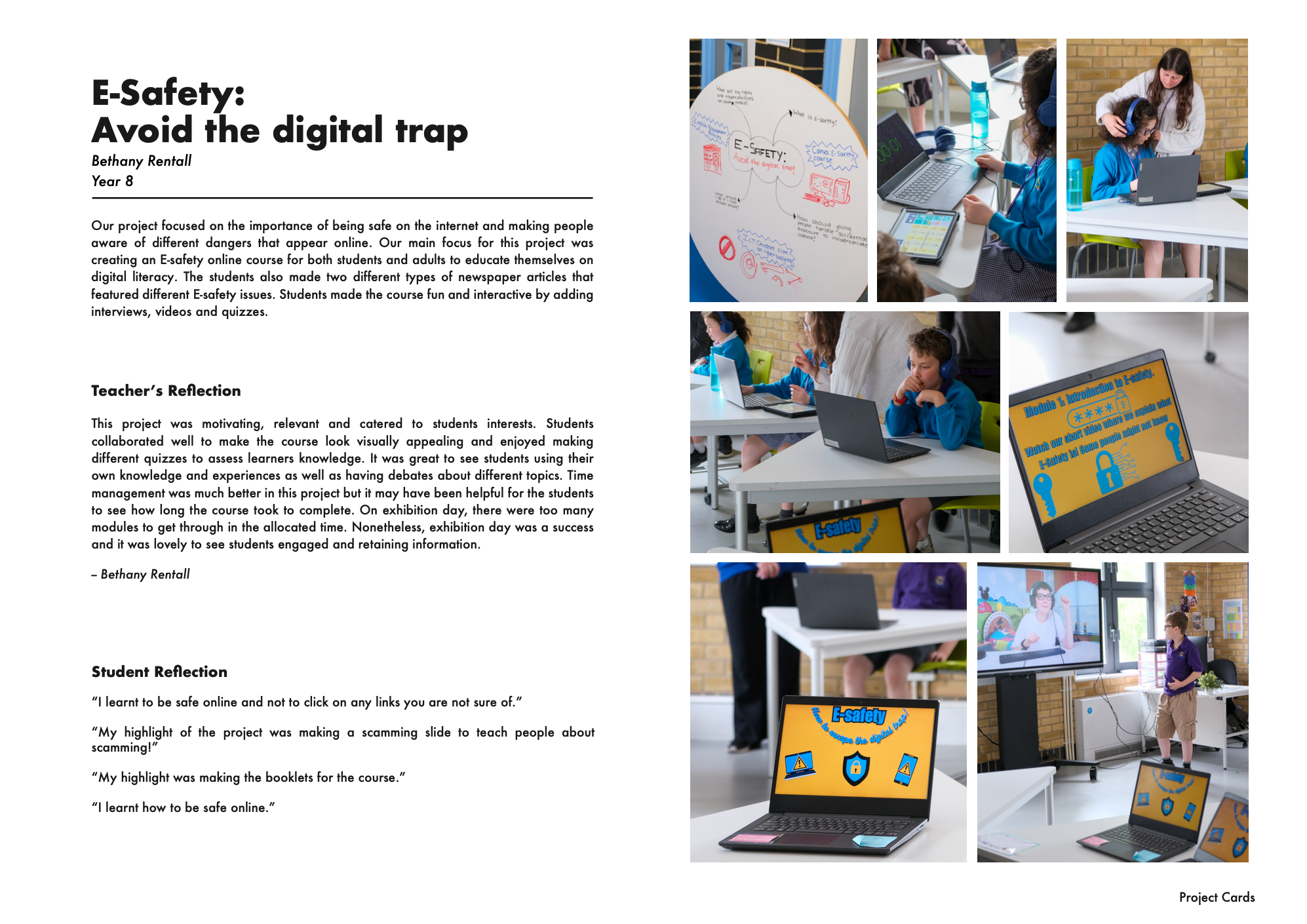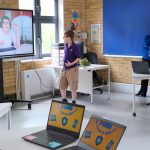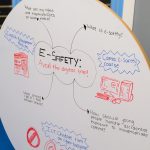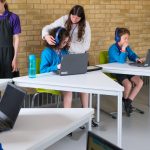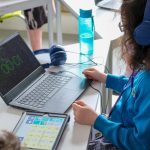For the Autumn Year 9 project, we explored how to Respect, Engage, Accept, Care for, and Honour the world around us. This was linked to our school values and emphasised our R.E.A.C.H. goals. It was important for our students as they mature to begin thinking about their lives in and outside of Gesher School and how to be impactful within our community. Through this project, we aimed to teach students how to expand our window of tolerance through respecting and caring for ourselves, others, and our environment. Students explored the R.E.A.C.H. goals through scenario workshops, collaborative activities, observational drawings and self-reflection across multiple subjects including PSHE, Performing Arts, Art, Media, and P.E. As a final product and exhibition, students hosted a wellbeing day with a focus on the R.E.A.C.H. goals.
Teacher’s Reflections
“The project proved to be engaging and meaningful, aligning seamlessly with the start of the term and facilitating a smooth transition for students. However, lacking a core subject, the project struggled to capture the desired level of student engagement initially. The structure of the secondary timetable posed challenges, hindering Project-Based Learning (PBL) from becoming a central focus in the student’s learning journey. Despite these obstacles, the exhibition was a success, with students taking pleasure in showcasing their work to parents. The collaborative effort of many teachers played a crucial role in supporting the students and ensuring the success of the exhibition.”
– Tianna Maciver
Students’ Reflections
“I found the iceberg activity really interesting as the parents gave different opinions than mine and it was interesting seeing how everyone thought about each neurodivergent trait.” – Bea
“I really enjoyed my mindfulness workshop and I was really performing for everyone. I used my script and I really enjoyed playing my classmates games and having all the parents here.” – Moshe
“My highlight of the project was the Q and A. It was fun because we got to discover what the parents liked and didn’t like.” – Rafael
